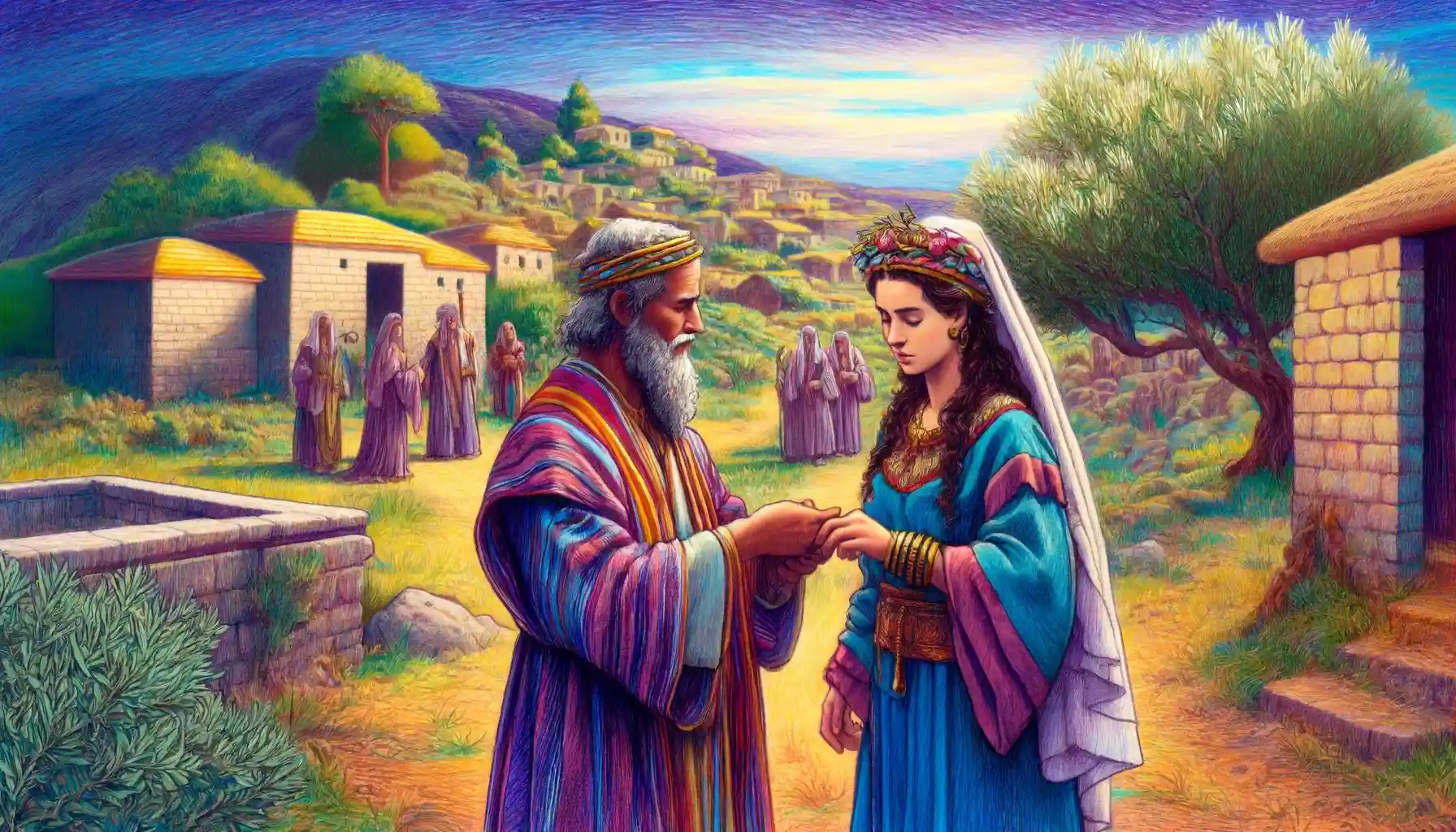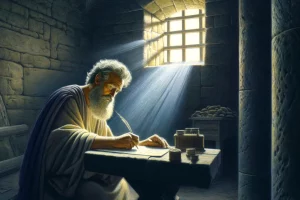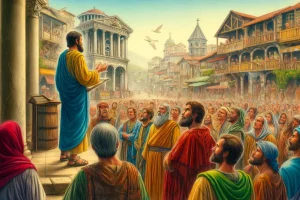
The Book of Hosea
The Book of Hosea is one of the prophetic books in the Old Testament, known for its rich symbolism and poignant messages about fidelity and divine love. Here are some quick facts about the Book of Hosea:
- Authorship: Hosea, the son of Beeri, is traditionally credited as the author. He was an early prophet in Israel, operating around the 8th century BCE.
- Historical Context: Hosea’s ministry occurred during a turbulent time for the northern Kingdom of Israel, particularly under the reigns of kings like Jeroboam II, and prior to the Assyrian conquest in 722 BCE.
- Themes:
- Divine Love and Betrayal: The book opens with Hosea’s personal life as a metaphor for God’s relationship with Israel. Hosea’s marriage to Gomer, a woman who is unfaithful, symbolizes Israel’s unfaithfulness to God through idolatry.
- Judgment and Redemption: Hosea prophesies the impending judgment on Israel for its sins but also speaks of God’s enduring love and the eventual restoration of His people.
- Structure: The book can be divided into two parts:
- Chapters 1-3: Personal narrative of Hosea’s family life, providing symbolic acts that mirror the relationship between God and Israel.
- Chapters 4-14: A compilation of Hosea’s sermons, oracles, and accusations against Israel, interspersed with promises of restoration.
- Key Passages:
- Hosea 1-3: The allegory of Hosea’s marriage to Gomer, which serves as a powerful symbol of God’s relationship with a faithless Israel.
- Hosea 6:6: “For I desire mercy, not sacrifice, and acknowledgment of God rather than burnt offerings.” This verse underscores the theme of genuine devotion to God over formal religious observances.
- Literary Features: Hosea uses a range of poetic and rhetorical devices, including metaphors, similes, and poignant imagery, to communicate his messages effectively.
- Theological Significance: The book is a deep exploration of themes such as divine love, the nature of sin, repentance, and the fidelity required in the covenant relationship with God.
- Prophetic Style: Hosea’s approach is intensely personal and emotive, providing a unique perspective among the prophets on the intimate and painful aspects of God’s relationship with His people.
The Book of Hosea, an integral part of the Twelve Minor Prophets in the Old Testament, offers a deep and complex exploration of the relationship between God and Israel. Using the prophet Hosea’s personal life as a dramatic metaphor for God’s dealings with Israel, the book addresses themes of love, betrayal, judgment, and redemption. Here is a detailed analysis of the Book of Hosea:
1. Historical Context
Hosea prophesied during a turbulent period in the history of the northern Kingdom of Israel, particularly under the reign of Jeroboam II, and leading up to the Assyrian captivity in 722 BCE. This era was marked by considerable political instability, social injustice, and religious apostasy. Hosea’s messages were directed at a society that had turned away from God to embrace the idolatrous practices of the surrounding nations.
2. Literary Structure
The Book of Hosea is divided into two main sections:
- Chapters 1-3: These chapters are highly personal, recounting Hosea’s marriage to Gomer, who is repeatedly unfaithful yet continuously forgiven, symbolizing Israel’s relationship with God.
- Chapters 4-14: This section shifts to a more traditional prophetic voice, with Hosea denouncing Israel’s infidelity to God, the moral corruption of its people, and the impending divine judgment while still reaffirming God’s willingness to restore and heal.
3. Themes and Messages
- Covenantal Love and Betrayal: At its core, Hosea explores the dynamics of a covenantal relationship between God and Israel, characterized by love and commitment. Israel’s idolatry is portrayed as a form of spiritual adultery, betraying this covenant.
- Divine Judgment and Mercy: Hosea illustrates that divine judgment is both a consequence of sin and a means to bring about repentance. Despite the harsh predictions of punishment, the book consistently offers hope for restoration, emphasizing God’s mercy and willingness to heal the breach.
- The Role of Knowledge of God: Hosea stresses the importance of knowledge of God over ritualistic observances. Ignorance of God’s ways is deemed a fundamental flaw of the people, leading to their moral and spiritual decay.
4. Prophetic Imagery and Symbols
Hosea uses vivid imagery and symbols to convey his messages:
- Marriage and Adultery: Hosea’s own marital experiences, particularly his wife’s infidelity, serve as a profound metaphor for Israel’s unfaithfulness.
- Parent-Child Relationship: God is depicted as a parent to Israel, expressing deep emotional pain over the people’s rebellion.
- Agricultural Images: Frequent references to sowing, reaping, and harvesting illustrate themes of moral cause and effect, and the potential for renewal.
5. Theological Contributions
Hosea contributes significantly to theological discussions, particularly regarding the nature of God as both just and loving. The prophetic call to “return” to God suggests a theology centered on repentance and the transformative power of divine forgiveness.
6. Contemporary Relevance
The Book of Hosea remains relevant today, speaking to issues of faithfulness, the dangers of forgetting one’s spiritual roots, and the ever-present possibility of redemption. It challenges believers to examine their relationship with God, underscoring the importance of loyalty, love, and the dangers of complacency in faith.
7. Literary Style
Hosea’s style is poetic and rich with metaphor, which allows for a deeply emotional and evocative portrayal of the divine-human relationship. This style enhances the book’s impact, forcing the reader to engage with the text on both an intellectual and emotional level.
In conclusion, the Book of Hosea offers a poignant reflection on the complexities of divine love, the pain of betrayal, and the hopeful promise of restoration. It challenges readers to consider the depth of their own relationship with God and invites them to rediscover commitment to their divine covenant.
Tag:betrayal, covenant relationship, divine forgiveness, divine love, Hosea, idolatry, judgment, mercy, minor prophets, northern Kingdom of Israel, Old Testament, poetic imagery, prophet, prophetic literature, Redemption, religious apostasy, repentance, social injustice, spiritual adultery, theological insights



